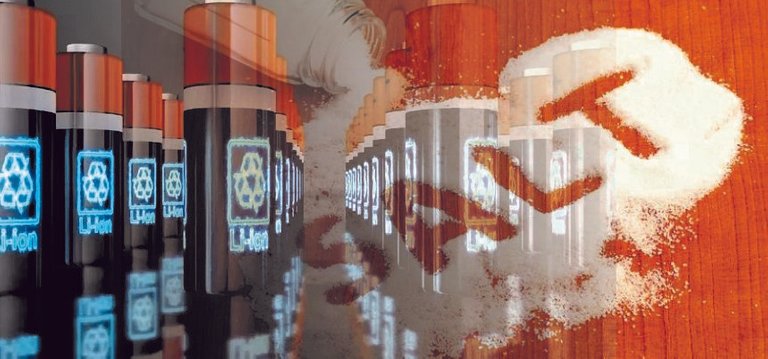
Sodium Salt Battery
A salt battery commonly referred to as a sodium battery or a sodium battery is a type of rechargeable battery that uses sodium or na+ ions as its charge carrier, the working principle and cell construction is almost the same as a lithium battery. Salt batteries are a potential alternative to lithium-based battery technology due to the lower cost of sodium and its abundant availability. The use of salt batteries can prevent environmental damage. volume is not critical in the process towards electric vehicle applications sodium batteries are still under serious development by several large companies.catl is a giant battery company that is allocating the largest research fund for salt batteries focusing especially on visible energy density while for residential use a technology company from India faradion has implemented it in Australia Why can salt replace rechargeable batteries replace lithium sodium has a mineral character close to lithium just need the extraction process longer.
Development of Sodium Salt Battery
Salt batteries began to attract academic and commercial interest in the 2010s and 2020s because of their potential to reduce the use of expensive materials such as cobalt, aluminum and nickel in battery compositions.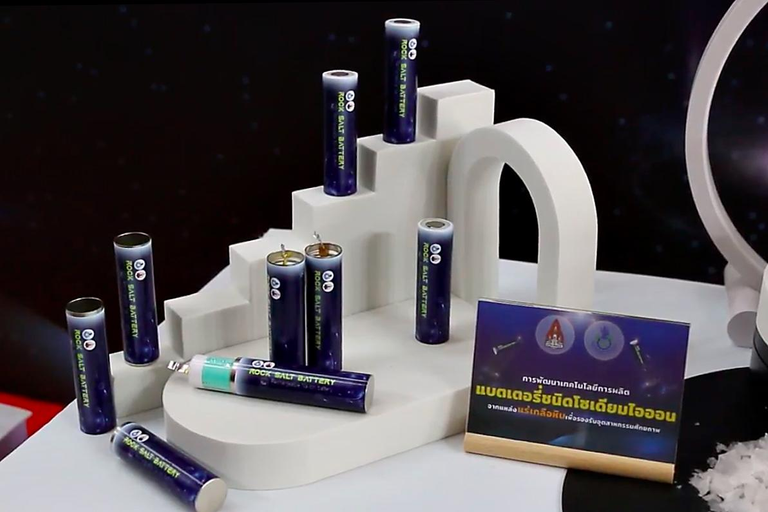 in 2022 catl the world's largest battery manufacturer announced to start mass production of salt batteries in 2023 most likely already carried out tests for their electric vehicles this year, the development of sodium ion or sodium batteries actually lasted quite a long time in the 1970s to the early 80's But in the 90s, lithium ion batteries showed more commercial promise causing interest in sodium batteries to decline in the early 2010s salt batteries experienced a resurgence, driven in large part by the increasing cost of the battery's raw material ions and the fragility of the battery supply chain how battery cells work the salt consists of a cathode based material containing an anode sodium salt and a liquid electrolyte or solid electrolyte containing sodium dissociates in a polar protic or apothecary solvent during the charging process sodium ions move from cathode to anode while electrons move through the external circuit during the discharging period of the S process conversely
in 2022 catl the world's largest battery manufacturer announced to start mass production of salt batteries in 2023 most likely already carried out tests for their electric vehicles this year, the development of sodium ion or sodium batteries actually lasted quite a long time in the 1970s to the early 80's But in the 90s, lithium ion batteries showed more commercial promise causing interest in sodium batteries to decline in the early 2010s salt batteries experienced a resurgence, driven in large part by the increasing cost of the battery's raw material ions and the fragility of the battery supply chain how battery cells work the salt consists of a cathode based material containing an anode sodium salt and a liquid electrolyte or solid electrolyte containing sodium dissociates in a polar protic or apothecary solvent during the charging process sodium ions move from cathode to anode while electrons move through the external circuit during the discharging period of the S process conversely
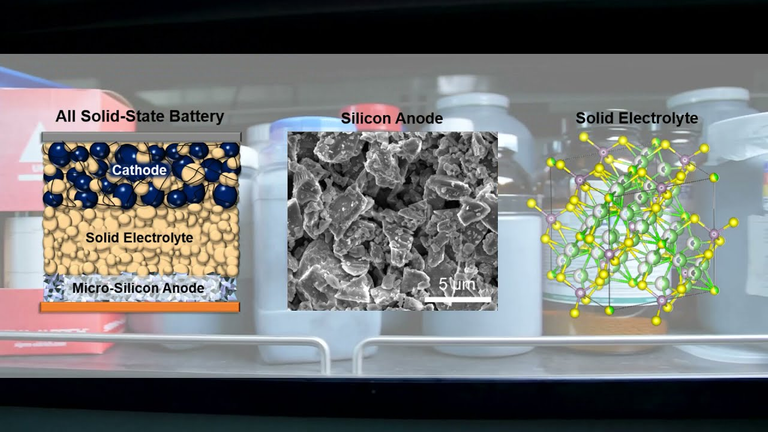
also occurs this process Exactly the same as lithium ion battery process due to the physical and electrochemical properties of sodium salt battery requires another specific material the anode of the salt battery uses hard carbon disordered carbon material consisting of non-crystalline graphite graphite carbon and Amor ability carbon hard to adsorb sodium invented in 2000 this anode proved to deliver 300 mah per gram graphite anode for lithium batteries offering a typical capacity of 300 to 360mah per gram first sodium ion cell to use hard carbon, 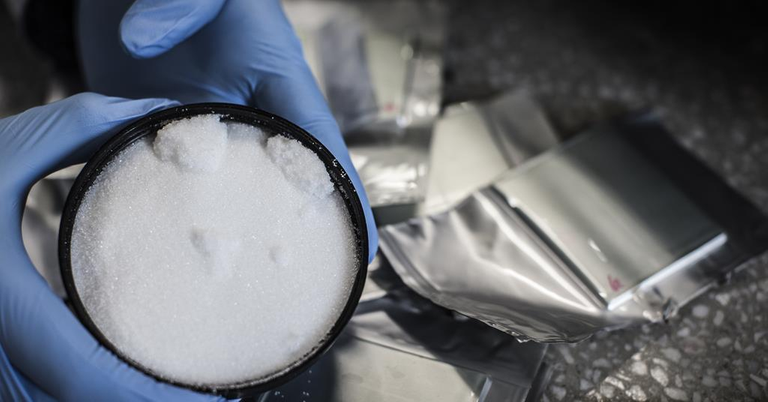
demonstrated in 2003 and showed an average voltage of 3, 7 volts during discharging or discharging process hard carbon is preferred due to its combination of excellent capacity lower working potential and stability of worm and discharcing cycles while from cathode side cathode salt battery saves sodium through intercalation process due to high tap density y operating potential High capacity and high capacity cathodes based on sodium transition metal oxides have received the most attention to keep costs low. Research attempts to minimize expensive elements such as cobalt, chromium, nickel and vanadium cathodes from manganese oxidation are likely to be the best choice as they have equivalent capabilities to lithium cathodes. commercial ion such as Lifo 4.
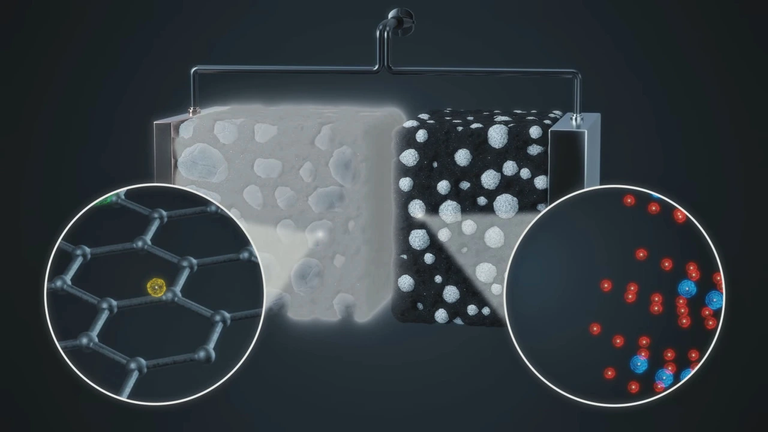
some of the companies that have developed and started operating the battery Salt are varadion teamate hina natron energy and catl faradion are subsidiaries of Reliance industrial India its cell design uses an oxide cathode with a hard carbon anode and a liquid electrolyte on 5th december 2022 faradion installed its first sodium ion battery in Australia while the European Union company's apocalypse the technology focused on developing 18650 format cylindrical cells based on polyatonic materials achieving energy densities of between 100 our watts per kg to 120 our watts per kg this technology i target applications in the fast charging market with a power density of between 2-5 kilowatts per kg allowing a charging time of 5 minutes with a battery charge cycle of up to 5000 times with an optimal battery capacity of up to 85% other companies only battery technology is a spin off from the Chinese Academy of This science utilizes research conducted by Professor Hoyongseng's group at the Institute of Physics on HNA battery charges based on naFe MN and Cu based oxide cathodes and anthracite based carbon anodes they cangenerate energy density Award 120 watts per kg in 2019 it is reported that HNA installed 100 KWH sodium ion battery power bank in China.
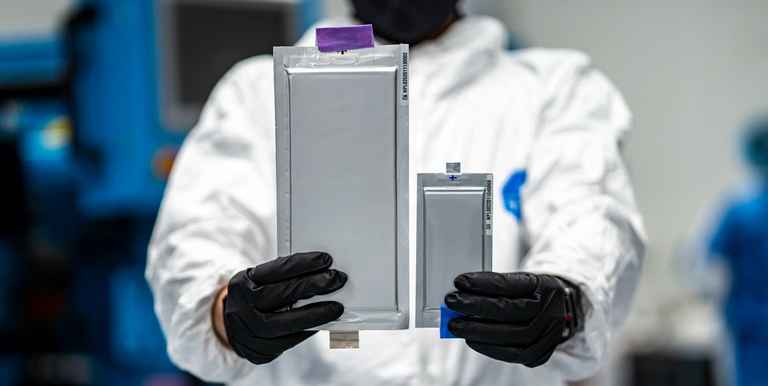
East natural energy Spin off from Stanford University using aged blue analog for cathode and anode with aqueous electrolyte there is also altris company api is Spin off from astrom Advance battery led by prof at absala university this company offers iron based aged blue analog for positive electrode in non-aqueous sodium ion batteries that use hard carbon as the anode, most recently the Chinese battery manufacturer catl announced in 2021 that they will be bringing salt-based batteries in 2023 these batteries use aged blue analogs or positive electrodes and porous carbon for negative electrodes, catl is a battery giant that is very optimistic about the ability of salt batteries for electric vehicles, ATL focuses on salt-based electric vehicle batteries because they can significantly reduce the price of vehicles so that they can be immediately adopted by various developing countries.
Posted Using LeoFinance Beta